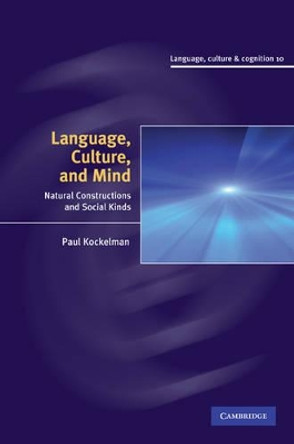What counts as too close for comfort? How can an entire room suddenly feel restless at the imminence of a yet unknown occurrence? And who decides whether or not we are already in an age of unliveable extremes? The anthropology of intensity studies how humans encounter and communicate the continuous and gradable features of social and environmental phenomena in everyday interactions. Focusing on the last twenty years of life in a Mayan village in the cloud forests of Guatemala, this book provides a natural history of intensity in exceedingly tense times, through a careful analysis of ethnographic and linguistic evidence. It uses intensity as a way to reframe Anthropology in the age of the Anthropocene, and rethinks classic work in the formal linguistic tradition from a culture-specific and context-sensitive stance. It is essential reading not only for anthropologists and linguists, but also for ecologically oriented readers, critical theorists, and environmental scientists.
By using a linguistic and anthropological framework, this pioneering book offers a natural history of intensity in the Anthropocene.About the AuthorPaul Kockelman is Professor of Anthropology at Yale University. His books include Kinds of Value: An Experiment in Modal Anthropology (Prickly Paradigm Press) and The Art of Interpretation in the Age of Computation (Oxford University Press).
Reviews'... offers a thorough framework for understanding how speakers make sense of shifting degrees of change in a starkly mutable world.' Sean P. Smith, Language in Society
Book InformationISBN 9781009011075
Author Paul KockelmanFormat Paperback
Page Count 290
Imprint Cambridge University PressPublisher Cambridge University Press
Weight(grams) 590g
Dimensions(mm) 228mm * 151mm * 20mm






